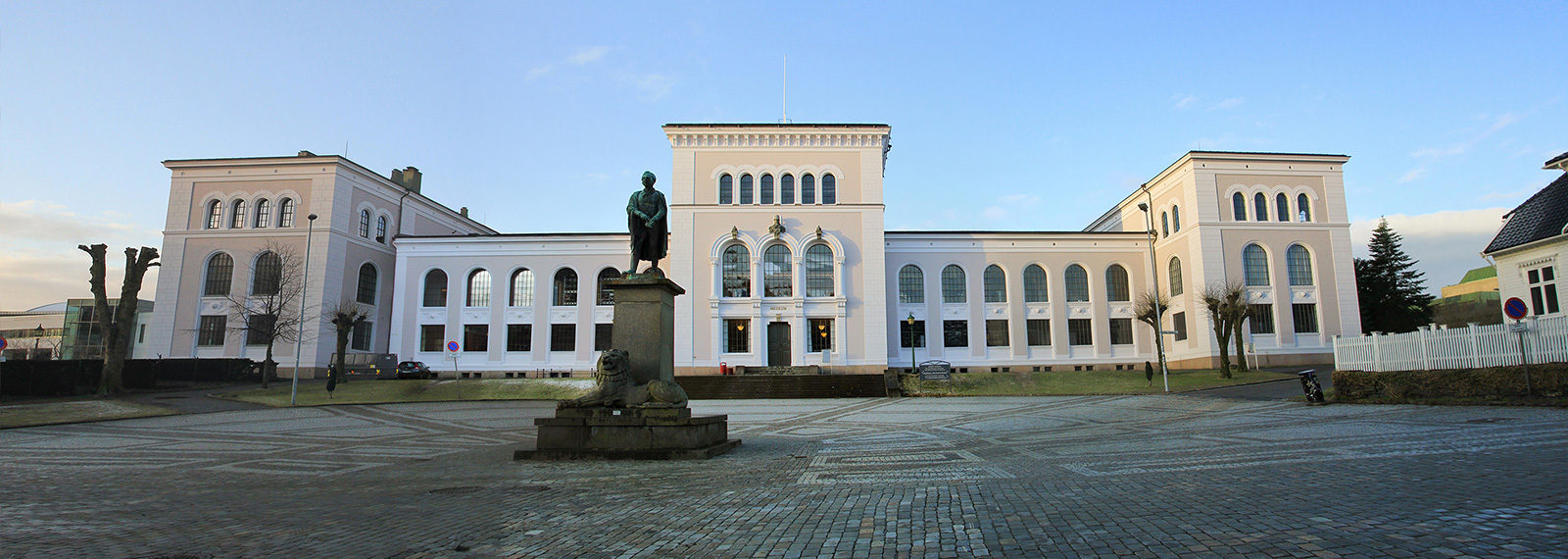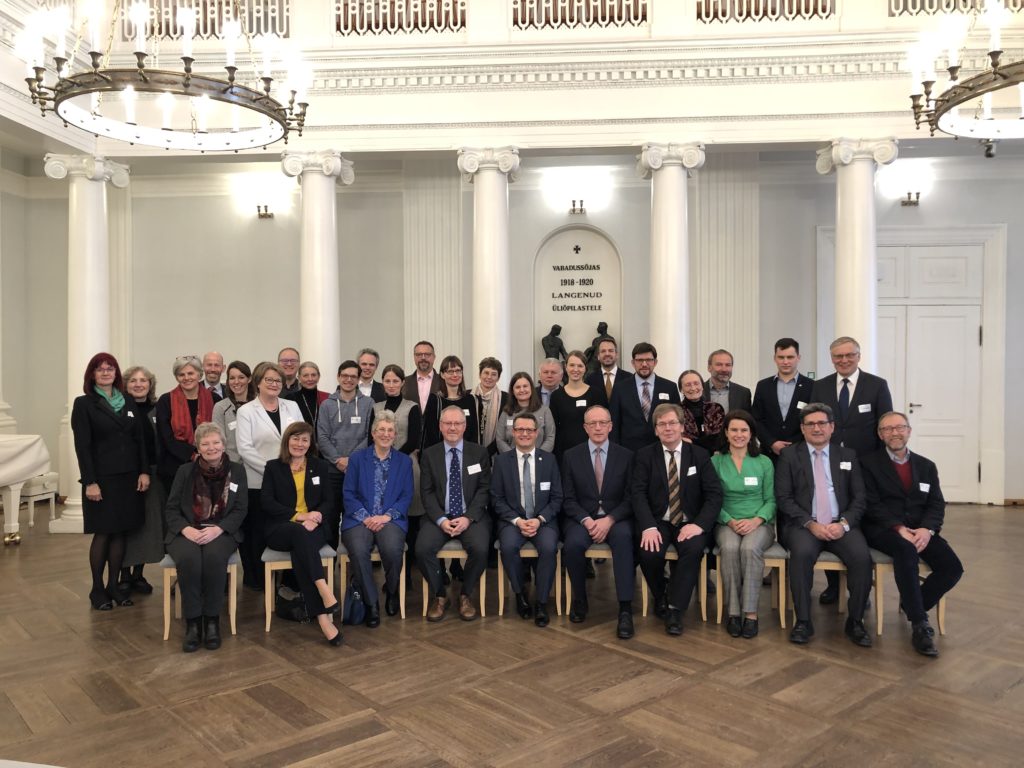Native language higher education and science are a treasure
20 December 2019
Professor Toomas Asser, Rector of the University of Tartu
Just a couple of weeks ago, on 1 December, the University of Tartu celebrated its 100th anniversary as Estonia’s National University.
As is the case with these anniversaries, festive speeches, discussions and talks focused on the situation of Estonian-language higher education and science. This year even more than usual, as the University is preparing to update its language policy.
Native language higher education and science are a treasure that only a few nations can boast of. There are an estimated 6,500 languages in the world, and university education is provided in just one hundred of them. We Estonians, can be proud that this number includes the Estonian language with roughly one million speakers.
However, can we maintain this treasure? And, more importantly, do we want to? Because not all of us do; it seems that some regard the Estonian language to be the last obstacle to truly open, innovative, world-class teaching and research. While all arguments should be carefully considered, for us the matter is clear: As Estonia’s national university, preserving and developing Estonian as a language of science is our legal obligation. This is our duty to the Estonian society, language and culture. So, for us there is no “if” or “why”, only “how”.
Below, I have attempted to sketch some general guidelines for dealing with the challenges of internationalization faced by any university with the wish to improve quality in research, education and administration based on the local language(s).
Firstly, learning a local language should be included in the terms and conditions of employment of all new faculty members and be part of the job responsibilities. Universities should develop a language-learning program for foreign staff. The goal is for all scholars and lecturers to be able to read specialist literature, teach, instruct, take exams, and participate in university administration in the local language.
Secondly, scientists in all disciplines should publish their results in more than one language. The language of publishing should be chosen by the researcher, but one should avoid a situation where an entire scientific field becomes monolingual with scientific works being published only in the local language or only in English. Abstracts of foreign language dissertations should be in the local language and vice versa.
Thirdly, universities have a responsibility to develop terminology for all scientific disciplines in the local languages. It is primarily a matter of democracy: we need to make sure that everyone has equal access to knowledge in society.
Finally, the rapid internationalization of universities has led to a growing alienation from the community that finances them through tax money. Therefore universities need to take their “third mission” far more seriously.
The above points sum up what needs to be done to keep Estonian (or any other small language) alive as a language of higher education and science. This is what we need to do for the sake of our society, language and culture. However, I feel tempted to take this one step further: Our efforts in preserving small languages should be viewed in a broader context of preserving the world’s cultural diversity. Protecting our language and culture is our duty to humanity as a whole.
Needless to say, all this comes with a huge price tag. Yes, maintaining higher education in a small language is costly, but it is also priceless.



